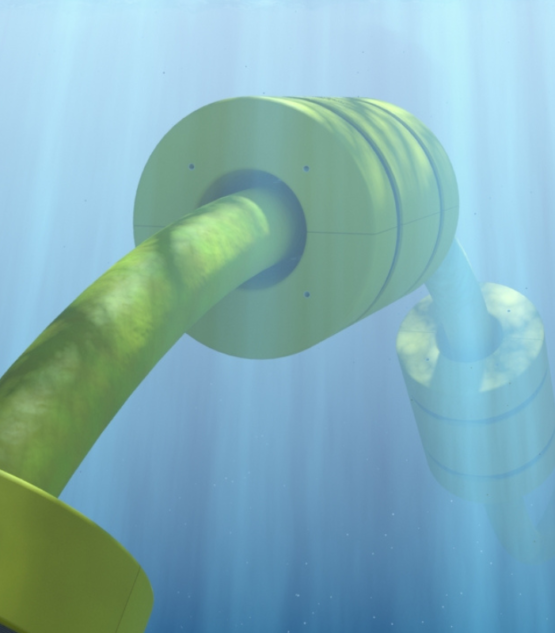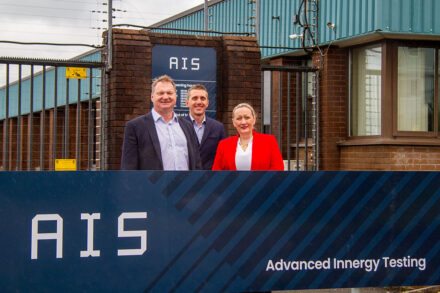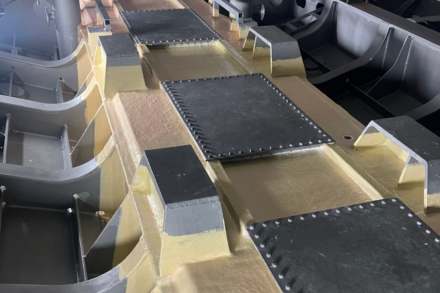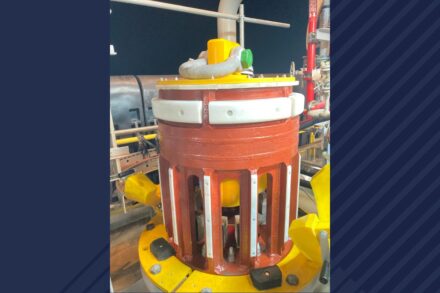CRP Subsea has successfully delivered 290 distributed buoyancy modules (DBMS) for a deepwater oil field development. The field is operated by an Australian oil & gas firm and located offshore Senegal, West Africa.
The development will consist of a permanently moored floating production storage and offloading (FPSO) vessel with 23 subsea oil production wells and supporting subsea infrastructure. Our DBMs will be used to reduce the top tension on the FPSO vessel. They will do this by maintaining the lazy wave configuration on a suite of flexible risers and dynamic umbilical’s.
A high-capacity compliant internal clamp will be utilised, giving special consideration to generating a controlled uniform circumferential clamping pressure. As a result, this eliminates the risk of the pipeline becoming deformed or damaged.
James Harrison, Key Account Manager at CRP Subsea states:
"We are extremely pleased to have been selected for this project. Our 30-plus years of experience and track record of supplying DBMs worldwide has allowed us to develop a range of API 17L certified clamping solutions. Our latest evolution of high compliancy clamping technology will not only accommodate the high-capacity buoyancy requirements but will also provide a uniform circumferential clamping pressure around the flexible riser. This eliminates the risk of damage and prolongs the lifetime of the field."
We produced all 290 DBMs at our state-of-the-art manufacturing facility in the North of England. They are ready to be installed before the first oil from the project is anticipated to flow in 2023.
Distributed buoyancy
Distributed buoyancy modules (DBMs) are typically used between structures and a surface vessel or platform. They provide uplift generated by a two-part buoyancy element and a clamp. Significantly, CRP Subsea's unique clamping solutions allow DBMs to be securely attached at any point along the length of a rigid or flexible pipeline or cable.
Do your subsea pipelines (such as flexible risers, cables, and umbilicals) need to be held in specific geometric configurations? Read about our distributed buoyancy modules here.



